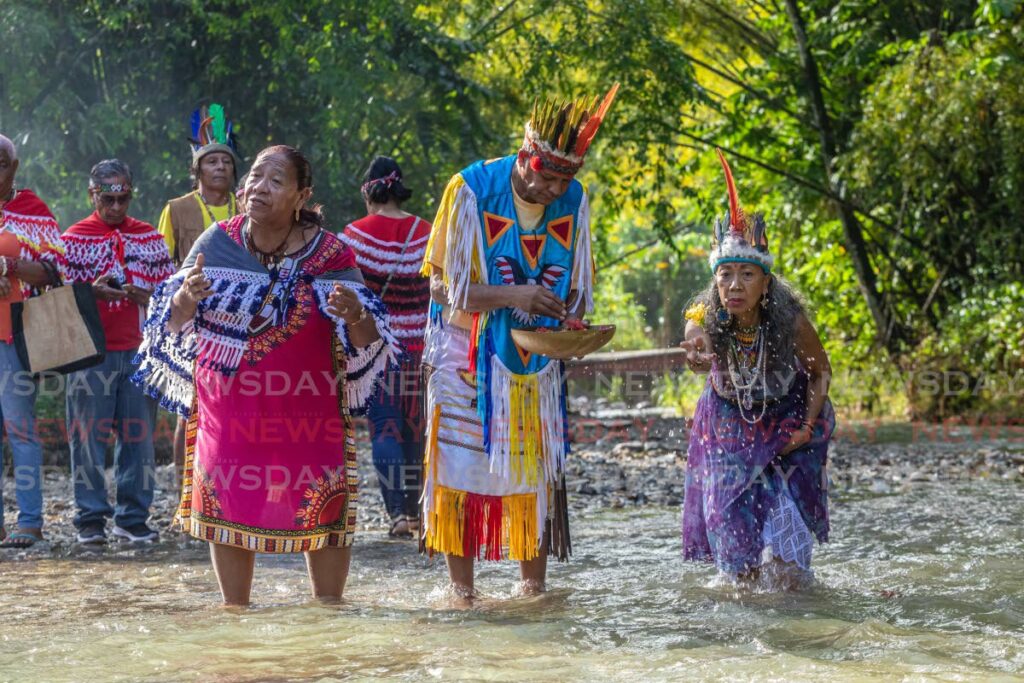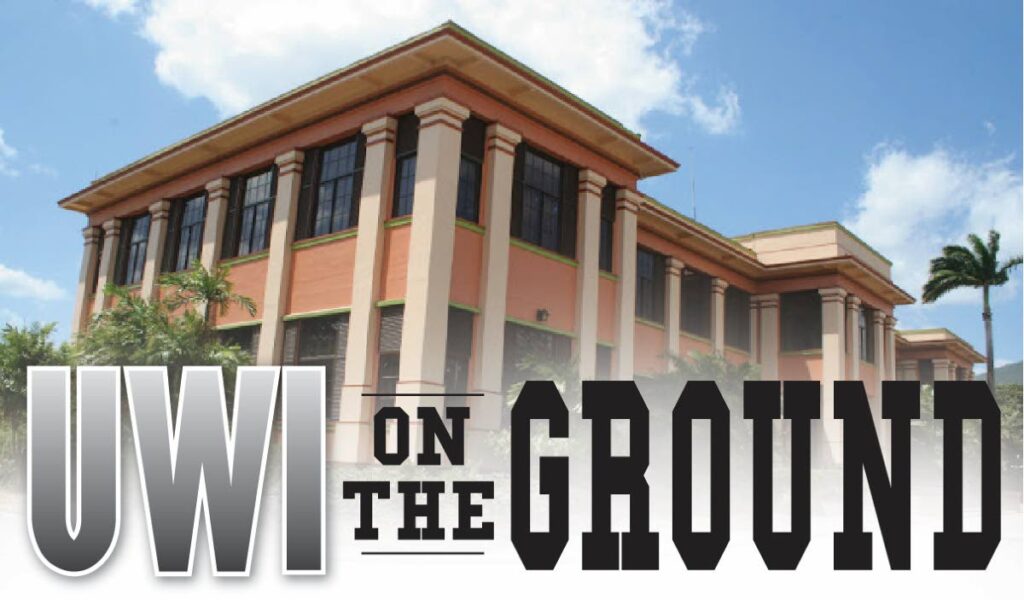Towards indigenous climate action

Jarrel De Matas
Earlier this year, a remarkable discovery occurred which revealed pottery belonging to the Amerindian group known as the Nepoio.
I call it remarkable for two main reasons. Firstly, the archaeological discovery did not involve hi-tech machines or computers but instead one man, Shaheed Mohammed, and his dog, Dogface.
Secondly, the discovery has the potential to stimulate further archaeological expeditions around the area of Mayo Village, east of Claxton Bay in central Trinidad. "Potential" can only go so far, however. We need action. Mohammed’s discovery should propel us to revise the regional CXC history syllabus, given its woefully outdated status which is ironic because Caribbean history education seems to be stuck in, well, the past.
Further, the recent discovery can draw our attention to the very real existence of our local indigenous communities and how those very communities can prompt us to take a different kind of action: climate change action.
As outlined in the 2020 edition of The State of the Caribbean Climate – a report prepared by The Climate Studies Group of the UWI Mona, Jamaica – indigenous groups are often vulnerable to the impacts of climate change. This is because the geographical remoteness of many indigenous communities, added to their general lack of access to resources, increases consequences related to evacuation procedures after storms and hurricanes.

Paying attention to our at-risk indigenous communities as part of a robust climate action plan achieves a positive knock-on effect. Such an action plan improves the national response and responsibility to a global climate change movement which in turn results in preserving indigenous knowledge about environmentally friendly practises leading to a more effective climate response on a local level. This knock-on effect forms the basis of this column: Where can national development plans involve, not exclude, indigenous communities and how can our climate response incorporate indigenous knowledge.
National development plans
Among the exhaustive research on indigenous climate change activism, the concept of land defenders stands out as a possible way to ground our national climate response in not just local, but indigenous communities. Without state partnerships between our local indigenous communities, however, our attempts at encouraging land defenders will suffer a fate similar to that of the Wet’suwet’en peoples in Canada who in June 2022 were arrested on their territory by Canadian police after opposing the construction of a liquefied natural gas pipeline.
While a nation’s energy project may clash with indigenous communities, there is the potential for investment to redound to the benefit of those very communities under threat.
For example, last year the Guyana government announced that ART – the Architecture for REDD+ (Reducing Emissions from Deforestation and forest Degradation) Transactions – which certified Guyana with over 33 million carbon credits for sale. This presented a mammoth revenue generator since 85 per cent of Guyana’s landmass is covered in forests.
Owed to this, Guyana has entered in an agreement with Hess Corporation, an American crude oil and natural gas exploration company, to monetise their forests by offsetting their CO2 emissions through the purchase of carbon credits. Thus, Hess will pay to generate a specified amount of CO2, at US$20 per tonne from up to 2025, generating US$250 million for the country. From 2025 to 2030, an additional US$312 million is expected from the sale of carbon credit at US$25 per tonne, bringing the total revenue to US$750 million for Guyana.

Vice president of Guyana Dr Bharrat Jagdeo has said that of the three-quarter billion-dollar agreement, local Amerindian communities in the country would benefit from the 15 per cent of the proceeds, approximately US$112 million.
Since the announcement, indigenous rights activist Laura George questioned the relatively meagre 15 per cent contribution owing to the fact that the livelihoods of indigenous communities stand to be affected the most by the Hess agreement. George further noted that there was no consultation with indigenous leaders during the negotiations. Rupununi activist Immaculata Casimero also expressed concerns that such funds be allocated to community-building projects.
What this reveals is that for any national development plan intending to contribute to climate justice, the involvement of indigenous communities is critical.
Preserving indigenous climate knowledge
Beyond simply involving indigenous communities in the room where environmental policies affecting their vulnerable livelihoods are made, attempts must be made on a socio-cultural level to incorporate what they know and how they practise what they know into climate response action plans. The latest global report by the Intergovernmental Panel for Climate Change (IPCC), to which Prof Michelle Mycoo of the UWI St Augustine campus has contributed, recognises the significance of an interdependent relationship between climate, nature, and people. This is a relationship that has remained central to indigenous knowledge.
An effective regional climate response must necessarily involve input from indigenous communities since it is their knowledge of the land that is rooted in maintaining balance between climate, nature, and people. By returning to indigenous practises involving land management, we not only repay the immense debt owed to past and present indigenous communities but on a much greater scale we contribute positively to a sustainable future.
It is a common plight by indigenous communities worldwide, including those in TT, that the State has done little to nothing to ensure their cultural survival. Not only have indigenous communities been stripped of most of the land that their ancestors once occupied, but they continue to be left out of decision-making processes that affect what little of their land ownership remains. Any comprehensive climate action plan must be attuned to the incredible debt that we owe the descendants of the First Peoples. Through involvement in national development plans and incorporation of their land management practises, that debt can gradually be repaid. In the process, we can also begin to carve a sustainable future.
A university must be centred in the community, leading on the key issues of the day. Accordingly, the University of the West Indies, (UWI) St Augustine, offers this public service series, where its leading scientists and researchers will address climate and disaster challenges – Series 1. In this week’s offering Jarrel De Matas, an alumnus – a former BA and MA student at the UWI and a current PhD candidate at the University of Massachusetts, examines the relationship between our indigenous peoples and the capacity for environmental best practises and addressing climate change.
Prof Rose-Marie Belle Antoine
Principal, UWI, St Augustine


Comments
"Towards indigenous climate action"